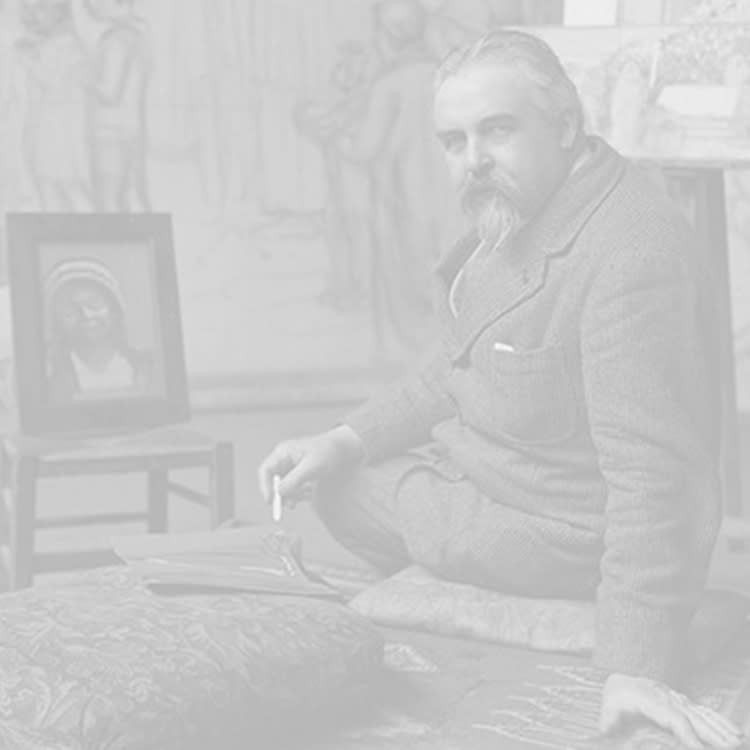MAURICE DENIS 1870-1943
Maurice Denis was born in 1870. He was a French painter, a writer and a member of the Symbolist and Nabi movements. His theories contributed to the foundations of Cubism, Fauvism and abstract art. In 1884, he discovered the Louvre and started taking drawing lessons. His taste in art was influenced by his religious beliefs, and he started to become interested in Fra Angelico's work, a religious painter from the Italian Renaissance. In 1888, Maurice Denis attended the Académie Julian in Paris, where he became friend with Paul Sérusier, a painter who was seven years older than him and shared his interests in flat surfaces and simplification of forms. Founding member of the Nabis group, he exhibited at the Salon des Indépendants in 1892. Thereafter, he was deeply inspired by Paul Gauguin's paintings, after meeting Henry Lerolle, who introduced him to Paul Durand-Ruel. The work of Maurice Denis was marked by a double influence. The first one was a Christian influence that culminated in 1897 with La Légende de Saint Hubert. The second one was an inspiration more personal that reintroduced the female iconography into his work. With other painters of his generation like Edmond Aman-Jean or André Dauchez, Denis formed a group called the « Bande Noire » by art critics. From 1914, he became internationally well known and several retrospectives (Venice Biennale in 1922, Pavillon de Marsan in Paris in 1924) were devoted to him.




